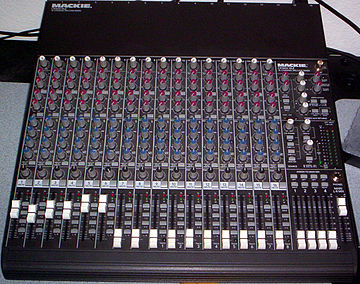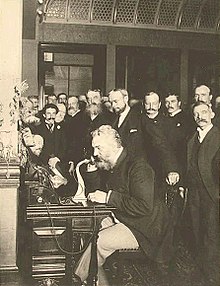
Mixing console is a device that used for mixing and changing the volume, and dynamics of audio signals. The sources of these signals could be many- microphones used by singers, or mics picking up the beats from drums.
The device is known by different names like audio mixer, audio console, or mixer.
There are numerous applications for which a mixing console is used. For instance, it is commonly used in recording studios, public address systems, sound reinforcement systems, musical concerts, broadcasting, television, and film post-production.
Let’s look at a few of its applications in detail. When two singers are singing, say a duet, a mixing console combines signals from the two microphones into an amplifier that drives one set of speakers. Then, during a live performance, the signals from the mixer go directly to an amplifier plugged into speaker cabinets.
Almost all bands use a mixer to combine musical instruments and vocals. This mix can then be amplified through a public address system.
Radio broadcasts too use it in order to select audio from different sources like CD players, and in-studio live bands.





